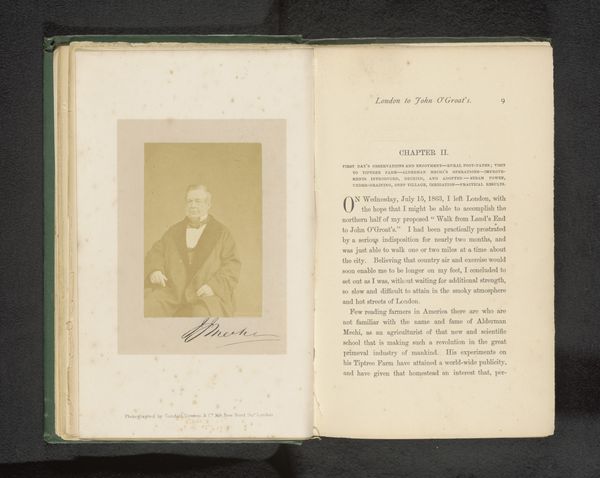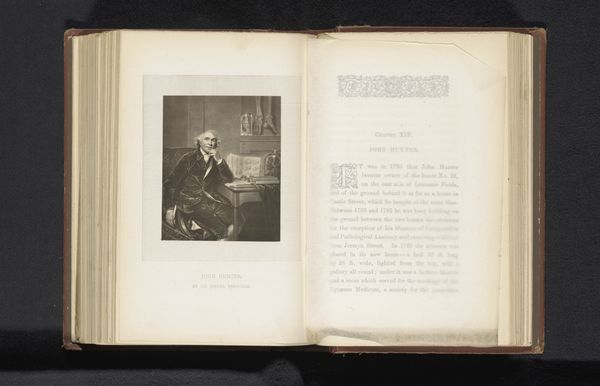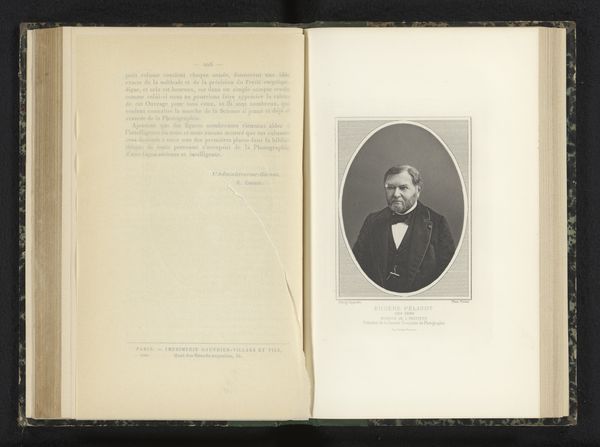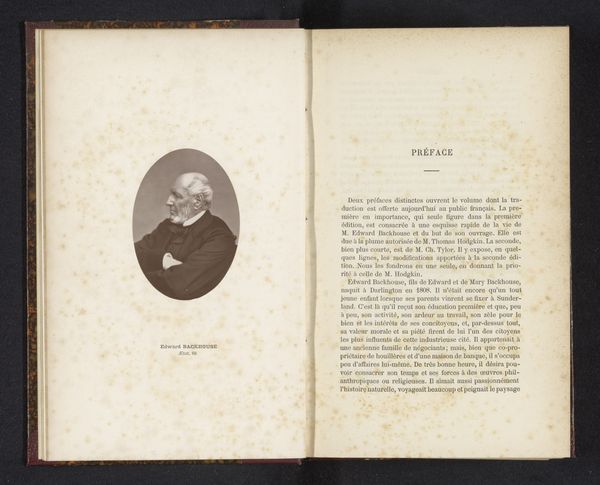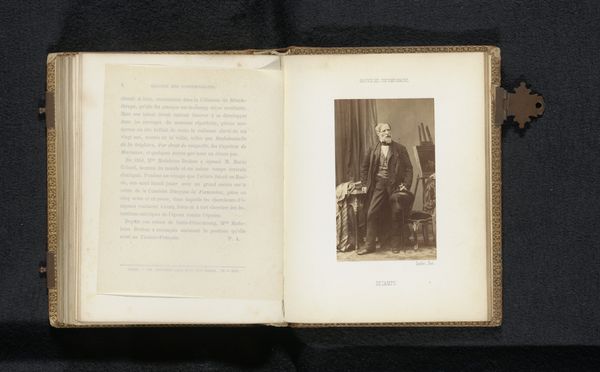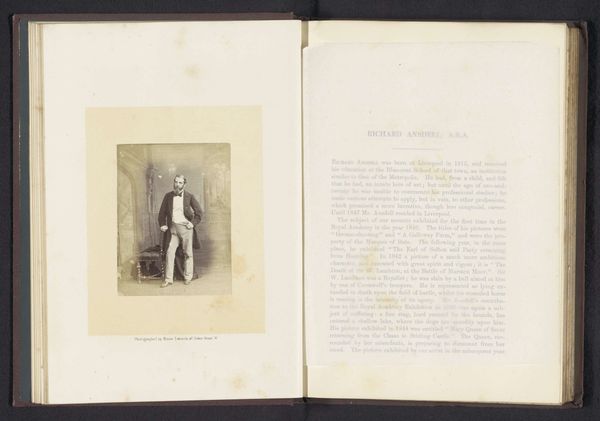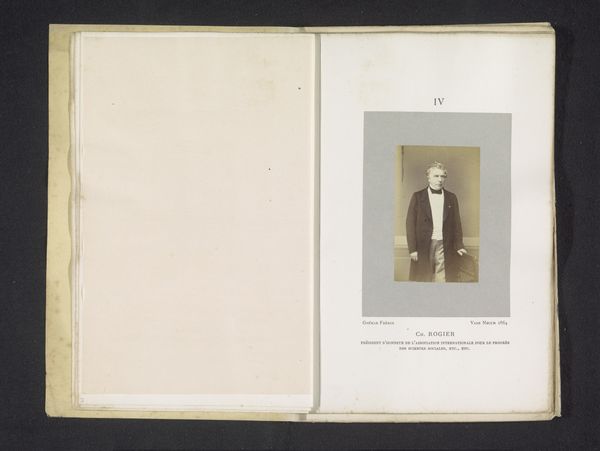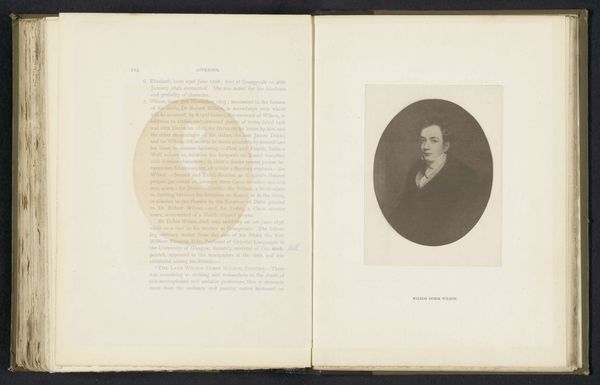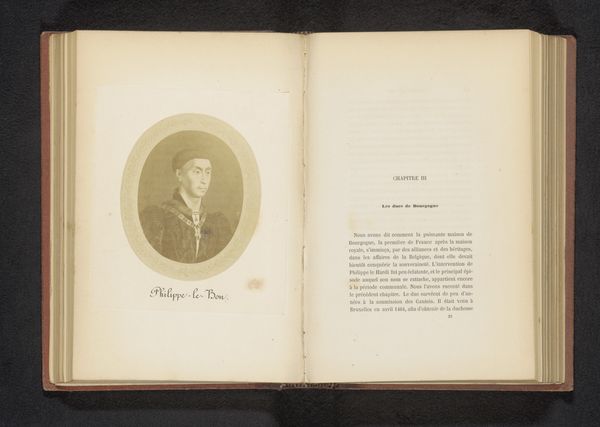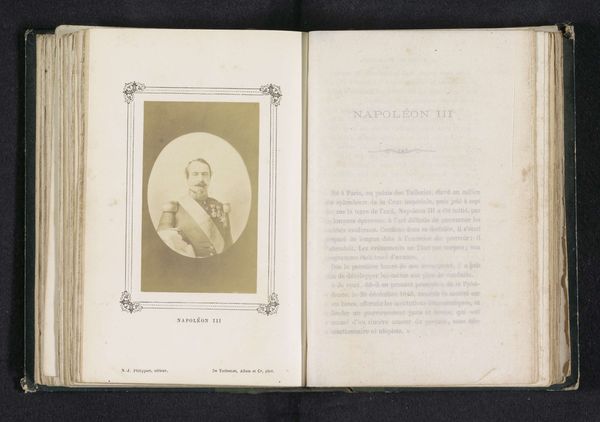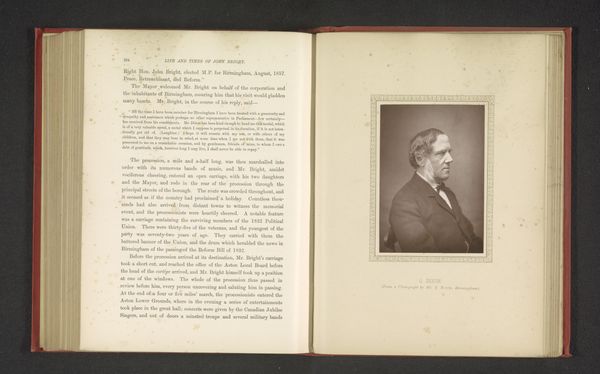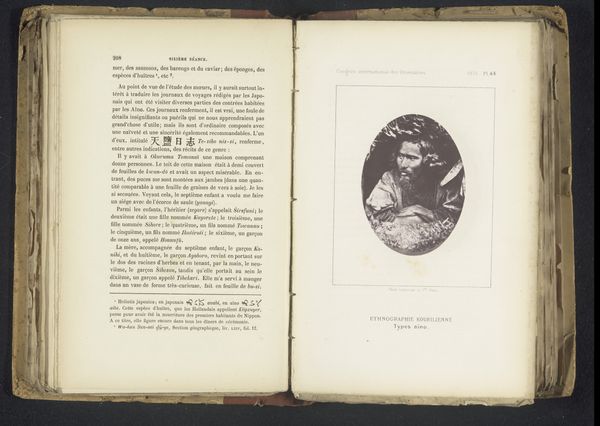
print, paper, ink, engraving
#
portrait
#
16_19th-century
# print
#
paper
#
ink
#
genre-painting
#
academic-art
#
engraving
#
miniature
Dimensions: height 126 mm, width 108 mm
Copyright: Rijks Museum: Open Domain
Curator: Let's turn our attention to this engraving, "John Wilson, D. D. F. R. S. missionary," dating to before 1893. It’s an example of the kind of imagery that was common in the period. Editor: It strikes me as somber. The figure looks rather stern, doesn’t he? There's a weightiness in his gaze and posture, captured in what seems like a modest setting, perhaps intended to convey humility? Curator: Indeed. Wilson was a prominent Scottish missionary to India. Examining the socio-political currents, it's vital to see these images as representations, shaping and reinforcing ideas about Western superiority and the colonial project. Editor: Absolutely. This portrait operates within a framework of power. How did these images of missionaries function in shaping public opinion at home? What kind of narrative were they constructing around evangelism and empire? Curator: Such images had a very deliberate role, fueling missionary efforts. Circulated among potential benefactors, it became vital PR. Here, we see an attempt to humanize and venerate, crafting an image of devotion and piety which, naturally, would omit the less savory realities of the time. Editor: Exactly! It's critical to decode these representations. Who is controlling the narrative? What are the potential biases and blind spots embedded in this seemingly straightforward portrait? It invites us to reflect on how representations are never neutral, particularly within contexts of historical power imbalances. Curator: It provides insights into the strategies deployed by missionary societies to maintain their influence. It exemplifies how even a simple portrait became a tool in propagating a complex network of colonial narratives. Editor: This piece reminds us to engage critically with all visual representations, recognizing that every image, no matter how benign it might initially appear, is embedded within a specific set of socio-historical forces. Curator: Ultimately, in considering art, the task before us, and indeed our responsibility, is to not accept representations as neutral or objective, but to examine them for their historical situatedness and to evaluate their roles within society.
Comments
No comments
Be the first to comment and join the conversation on the ultimate creative platform.
